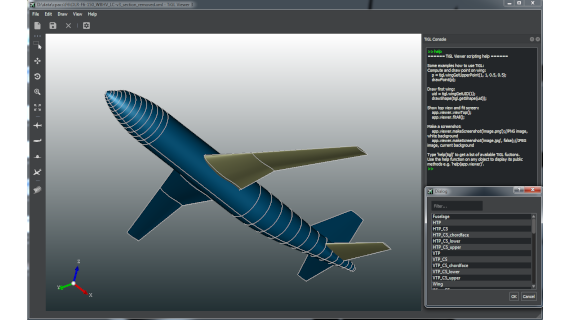Features
Features
TiGL is a geometry library for aircraft design. It is the connection between the CPACS parametrization of the aircraft and the simulation tools. TiGL is written in C++ but comes with a variety of language bindings for the major programming languages used by engineers. Here's a short overview about the core features of TiGL.
Parametric Geometry
TiGL transforms parametric CPACS models into 3D aircraft geometries. It plays a central role in the preliminary aircraft design process, allowing accessing and analyzing a variety of aircraft concepts. The CPACS model contains a parametric description of wings, fuselages, engines, control surfaces or the inner aircraft structure. TiGL computes CAD models from these components and gives access to them via file exports and query functions.
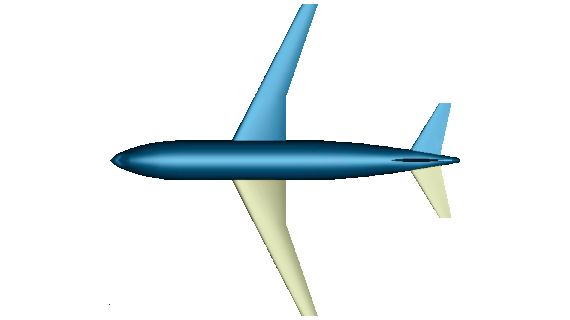
Detailed Surface Modeling
The backbone of TiGL surface modeling algorithms is the curve network interpolation based on Gordon surfaces. The curve network interpolation allows to model surfaces using additional guide curves, which adds more flexibility in surface design while keeping the surface complexity low at the same time. The algorithm is used for most of modeling tasks, including wings, fuselages, nacelles or pylons.
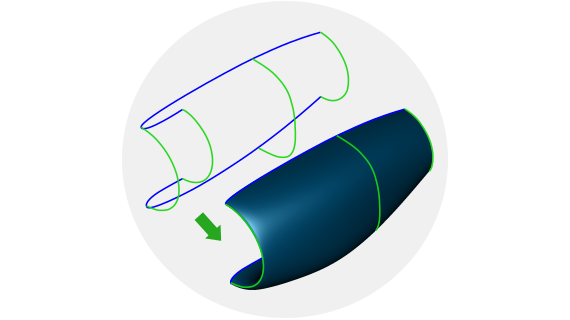
Structure Model, Flaps
For structural analyses, TiGL builds a wing structure model consisting of 2D spars and ribs and a fuselage structure model of 1D elements. The structural model can be used for further load simulations using the finite element method. In addition to the structural model, TiGL can be used to model different control surfaces like ailerons, landing flaps and leading edge devices. The control surface devices can then be extended with TiGL API functions or from the TiGL Viewer.
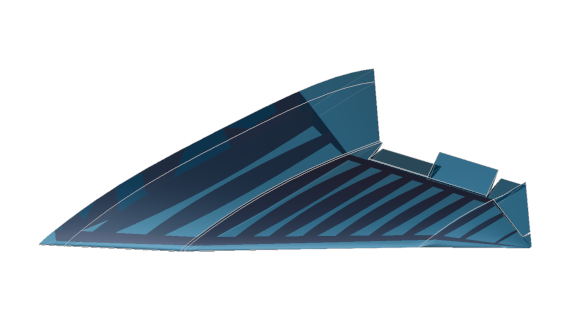
Standardized Geometry Exports
To use TiGL's geometries in other software - like mesh generators, CAD programs or 3D rendering tools - TiGL can export them into different standardized file formats. TiGL supports CAD standards like STEP (ISO 10303) or IGES as well as Open CASCADE's internal BREP format. TiGL also allows to export the triangulated surfaces into the VTK or STL format. The Collada file format can directly be imported into Blender to create visually impressive 3D renderings.
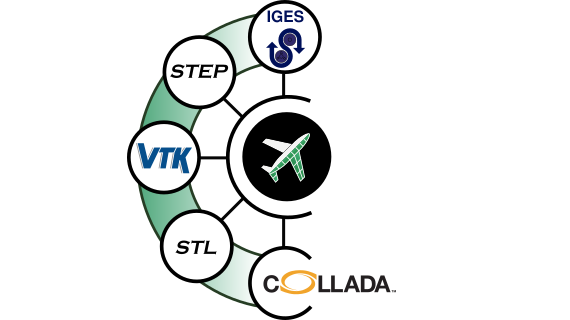
Script with Python
TiGL's C++ class structure can be used from Python and is fully interoperable with pythonOCC. You can access the CPACS parameter tree this way or you can query the geometries. With pythonOCC, it is even possible to alter the geometries created by TiGL or to reuse them to create new geometries. PythonOCC comes with a simple 3D viewer that you can use to visualize TiGL geometries in your own Python programs.

Visualization
Instead of using directly the TiGL library, we also ship the program TiGL Viewer with each software release. This is a simple viewer visualizes the geometries created by TiGL. It comes with a JavaScript based console that allows to automate the visualization to e.g. create movies. TiGL Viewer can import and display also other CAD formats. This comes really handy when developing CPACS files to re-create existing aircraft configurations.
